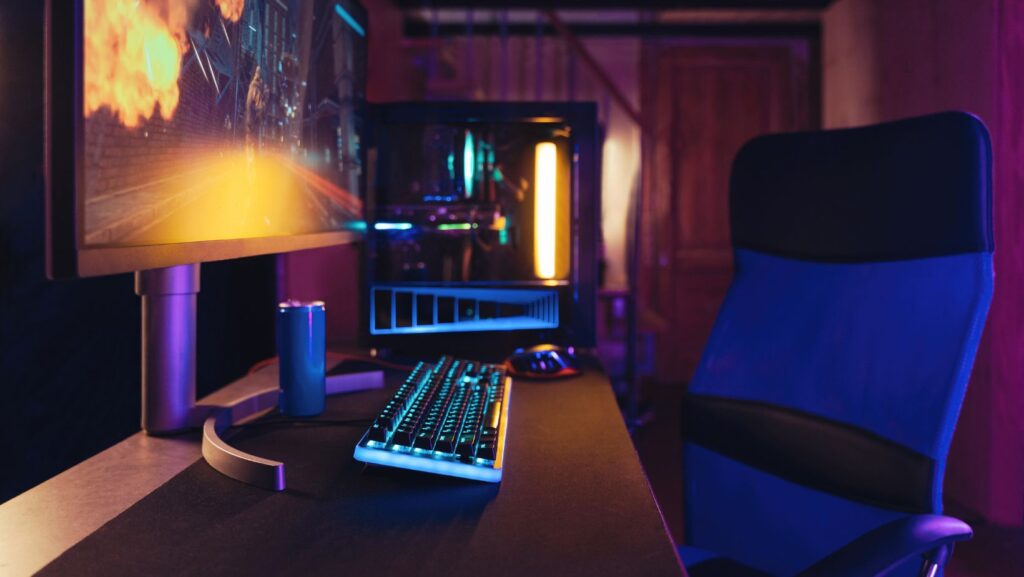The seamless integration of audio into interactive digital experiences represents one of the most technically complex aspects of modern game development. Unlike linear media where audio follows predetermined timelines, interactive entertainment demands sophisticated systems capable of responding dynamically to player actions, environmental conditions, and narrative developments in real-time. This challenge has given rise to specialized middleware solutions and implementation methodologies that serve as crucial bridges between creative audio content and the technical infrastructure of game engines.
Sound implementation extends far beyond simply triggering audio files at appropriate moments. Modern interactive audio systems must manage complex layering, real-time synthesis, spatial positioning, dynamic mixing, and adaptive musical scoring while maintaining consistent performance across diverse hardware platforms. The technical sophistication required has transformed audio implementation from a relatively straightforward programming task into a specialized discipline requiring deep understanding of both audio engineering principles and software architecture.
Table of Contents
ToggleThe Evolution of Game Audio Architecture
Early video game audio operated within severe technical constraints that limited implementation to simple sample playback triggered by specific game events. These primitive systems could barely handle basic sound effects and simple musical loops, with audio often competing directly with other system resources for processing power and memory allocation.
The introduction of dedicated audio processing hardware and more sophisticated game engines gradually expanded possibilities, enabling multiple simultaneous audio streams, basic real-time effects processing, and rudimentary spatial audio positioning. However, each game typically required custom audio code written specifically for that project, making audio implementation both time-consuming and prone to technical inconsistencies.
Modern audio middleware emerged as a response to these limitations, providing standardized frameworks that handle low-level audio processing while offering high-level creative controls accessible to both programmers and audio designers. This evolution has democratized advanced audio implementation techniques while enabling unprecedented creative sophistication in interactive audio design.
Middleware Solutions and Platform Capabilities
FMOD Studio stands as one of the most widely adopted audio middleware solutions, offering comprehensive tools for interactive audio design and implementation. Its visual event-based approach allows sound designers to create complex audio behaviors without extensive programming knowledge, while providing programmers with robust APIs for integration into game engines. The platform excels at handling adaptive music systems, complex layering scenarios, and real-time parameter control that responds to game state changes.
Audiokinetic’s Wwise represents another industry-standard solution that emphasizes professional workflow integration and advanced mixing capabilities. Its work unit system facilitates collaborative development while sophisticated real-time effects processing and 3D positioning engines deliver high-quality spatial audio experiences. Wwise’s particular strength lies in its comprehensive mixing tools and advanced profiling capabilities that help developers optimize audio performance across different platforms.
Unity’s built-in audio system provides integrated solutions for developers working within that popular game engine ecosystem. While perhaps less feature-rich than dedicated middleware solutions, Unity’s audio tools offer seamless integration with the engine’s component system and provide adequate functionality for many game development scenarios. The system includes basic 3D positioning, real-time effects processing, and timeline-based audio implementation tools.
Technical Implementation Strategies
Event-driven audio architecture forms the foundation of most modern game audio systems, where audio playback is triggered by specific game events rather than traditional timeline-based approaches. This methodology ensures audio remains synchronized with gameplay while allowing for the unpredictable nature of player interactions and procedural game content.
Parameter-based control systems enable dynamic audio modification based on continuous game variables such as player health, environmental conditions, or emotional intensity. These systems can smoothly transition between different audio states without audible artifacts, creating more immersive and responsive audio experiences that adapt naturally to changing game conditions.

Spatial Audio and 3D Positioning
Three-dimensional audio positioning requires complex calculations that account for listener position, orientation, and environmental acoustics in real-time. Modern middleware solutions incorporate advanced algorithms that simulate realistic sound propagation, including distance attenuation, Doppler effects, and environmental reverb that changes based on virtual acoustic spaces.
HRTF (Head-Related Transfer Function) processing enables convincing 3D audio experiences through standard stereo headphones, particularly important as mobile and VR gaming have made headphone listening increasingly common. However, implementing HRTF processing efficiently requires careful optimization to avoid excessive CPU usage that could impact overall game performance.
Environmental audio systems must dynamically adjust acoustic characteristics based on virtual spaces, transitioning smoothly between different reverb settings as players move through varied environments. This requires sophisticated zone-based systems that can blend multiple acoustic signatures while maintaining realistic audio perspectives.
Integration Workflows and Development Pipelines
Modern game development demands efficient workflows that allow audio designers and programmers to collaborate effectively without constant technical coordination. Middleware solutions address this need by providing visual interfaces where audio designers can create complex interactive audio systems that automatically generate the implementation code required by programmers.
Version control integration ensures that audio assets and implementation data remain synchronized across development team members, preventing conflicts and enabling iterative refinement throughout the development process. Advanced middleware platforms provide tools that automatically generate reports about audio asset usage, performance metrics, and implementation status.
When curating comprehensive sounds for game developers, middleware solutions must provide robust asset management systems that handle large audio libraries while maintaining organization and searchability. This includes metadata support, automated file conversion, and intelligent caching systems that optimize loading times and memory usage.
Performance Optimization and Platform Considerations
Cross-platform deployment requires careful attention to hardware limitations and platform-specific audio capabilities. Mobile platforms demand particularly aggressive optimization strategies that balance audio quality with battery life and processing constraints, often requiring dynamic quality scaling based on device capabilities.
Real-time performance monitoring tools built into middleware solutions help developers identify audio bottlenecks and optimization opportunities throughout the development process. These tools can reveal CPU usage patterns, memory allocation issues, and potential audio dropouts before they impact the final player experience.
The future of sound implementation continues evolving toward more sophisticated adaptive systems that leverage machine learning for dynamic mixing, procedural audio generation, and intelligent resource management that responds automatically to changing technical and creative demands.




